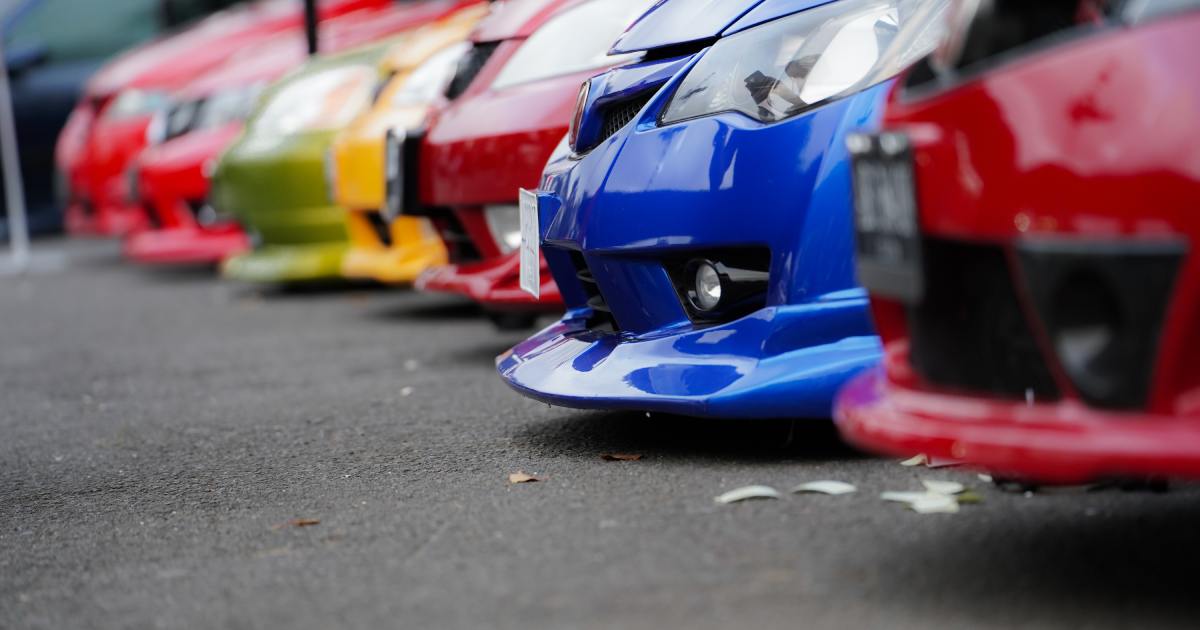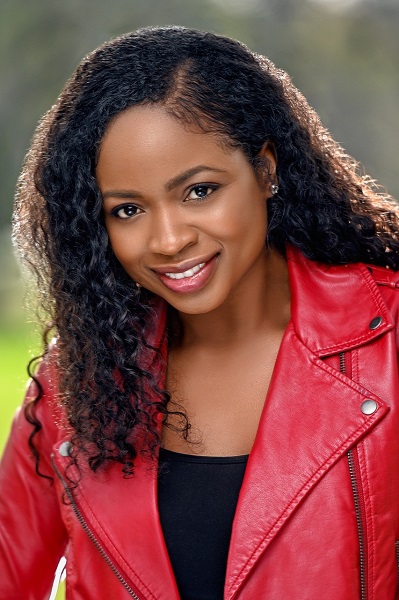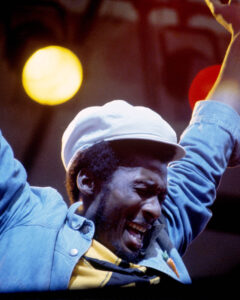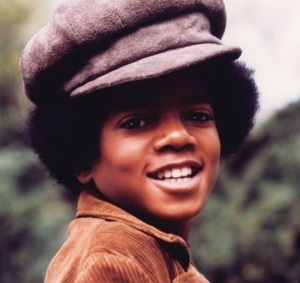The Role of Custom Cars in Pop Culture and Media
Have you ever noticed how the coolest moments in your favorite movies and music videos always feature some seriously modified rides? From Dom’s family driving those iconic muscle cars in Fast & Furious to rappers flexing their personal builds in music videos, the role of custom cars in pop culture and media has become impossible to ignore.
But why do these modified machines resonate so deeply with audiences across different media platforms? The answer lies in how custom cars serve multiple purposes in our entertainment landscape. They’re visual symbols of success, markers of individuality, and often the catalyst for some of the most memorable scenes we’ve ever watched.
Fast Cars, Big Screens
Hollywood figured out that custom cars were characters themselves. The Fast & Furious franchise turned street racing culture into a billion-dollar empire, with each film highlighting more outrageous builds than the last.
Think about it: would those movies have the same impact if everyone drove stock Honda Civics? Probably not.
These films don’t just feature custom cars; they celebrate the entire culture surrounding them. Every engine swap, every paint job, and every modification tells a story about the person behind the wheel.
Action Movies Love Custom Builds
Action films have embraced custom cars because they’re the ultimate fusion of technology and personality. Directors use these vehicles to communicate character traits without dialogue. A villain in a decked-out Charger instantly conveys menace, while a hero in a bright orange Supra suggests someone who’s bold and unconventional.
The technical aspects of these builds often mirror the high-performance demands of filmmaking itself. Just as movie productions require specialized equipment to achieve their vision, custom car builders need specific spark plugs for modified engines to handle the extreme conditions these vehicles face during filming.
Music Videos Drive Car Culture Forward
Hip-hop and R&B artists have elevated custom cars from simple props to status symbols that define entire musical eras. From Tupac’s ’64 Impala to modern trap artists showing off their Lamborghini builds, music videos have become virtual car shows.
Artists don’t just splurge on expensive cars; sometimes they turn them into symbols of love and style. In 2018, Offset and Cardi B gifted each other matching Lamborghinis—his in blue, hers in green. These were statements of their bond, blending personal branding with their relationship in a bold, unforgettable way.
Genre-Specific Car Preferences
Different music genres tend to favor specific types of custom builds. Hip-hop gravitates toward luxury cars with wild modifications, while reggae and dancehall artists often feature classic American muscle with Caribbean-inspired paint schemes.
These choices aren’t random. They reflect cultural values and regional preferences that resonate with each genre’s core audience.
Social Media Transforms Car Culture
Instagram and TikTok have completely changed how custom car culture spreads. What was once featured on magazine features or TV coverage now happens instantly through hashtags and viral videos.
Car builders can display their work to global audiences without traditional media gatekeepers. This democratization has led to more diverse builds and faster trend cycles.
Gaming Brings Customization Into the Home
Video games like Grand Theft Auto and Need for Speed have introduced custom car culture to millions who might never visit a real car show. These games let players experiment with modifications and paint schemes, creating virtual dream builds.
The portrayal of custom cars by the gaming industry influences trends. Popular game liveries often inspire actual paint jobs, and fictional car modifications sometimes become real-world build goals.
Racing Games Showcase Technical Details
Modern racing simulators dive deep into performance modifications. Players learn about turbo setups, suspension tuning, and engine management systems while having fun.
This educational aspect has created a more informed enthusiast community that appreciates the technical craftsmanship behind show-stopping builds.
Television Celebrates Builder Culture
Reality shows like Pimp My Ride and Inside West Coast Customs brought custom car building into living rooms across America. These programs shared the artistry and technical skills needed to transform ordinary vehicles into extraordinary machines.
Contemporary shows have evolved beyond pure entertainment to include educational content about fabrication techniques and engineering principles.
Custom Cars Bridge Generations Through Media
Custom vehicles in pop culture connect different age groups. Parents who grew up watching Knight Rider share enthusiasm for modified cars with kids who discovered the culture through YouTube channels.
These shared interests spark conversations and bonds over a common passion. Classic car shows attract diverse crowds, from seasoned enthusiasts to young families. Online forums and social media communities further amplify this intergenerational exchange, creating a vibrant space for car lovers of all ages.
Celebrity Influence Shapes Trends
When celebrities post their custom builds on social media, they influence thousands of enthusiasts. Endorsements also legitimize certain builders and shops, turning local craftsmen into international brands.
Authenticity Matters
Audiences are often drawn to celebrity car collections that reflect a genuine passion for automotive culture. When a celebrity’s interest in their vehicles comes through—whether they’re a technical expert or simply appreciate the artistry—it creates a stronger connection with fans and fellow enthusiasts.
Regional Styles Go Global
Custom car culture varies by region, but media exposure has helped local styles gain worldwide recognition. Lowrider culture from the Southwest, donk builds from the Southeast, and drift cars from Japan have all achieved global popularity through various media platforms. This cross-pollination has created hybrid styles that blend elements from different traditions.
The Future of Custom Cars in Media
Electric vehicle modifications are starting to appear in mainstream media, suggesting that custom culture will adapt to changing automotive landscapes. Shows featuring EV swaps and hybrid builds hint that the culture will continue to evolve.
The influence of custom cars in pop culture and media shows no signs of slowing down. Each new platform, from streaming services to social media apps, gives builders and enthusiasts new opportunities to share their passion.
They bring people together, spark conversations, and push the limits of what’s possible. Whether you’re a gear head building your dream ride or someone who appreciates a clean whip driving down the street, custom cars have a way of resonating. What’s the most iconic custom car you’ve seen?
Share this content:














Post Comment